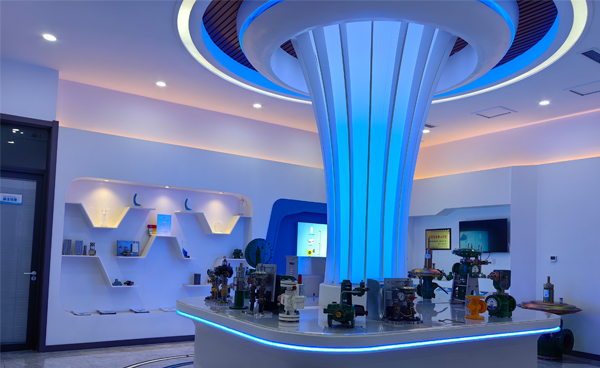
Sep . 04, 2024 07:17
Back to list
gas heat exchanger
Gas Heat Exchangers An Overview
Gas heat exchangers are essential components in various industrial processes, where they play a crucial role in transferring heat between gas streams. These devices are designed to efficiently manage thermal energy, thereby enhancing overall system performance and energy efficiency. Understanding their design, operation, and applications can provide valuable insights for industries reliant on heat exchange processes.
A gas heat exchanger operates on the principle of heat transfer, leveraging the temperature difference between two gas streams. The primary types of gas heat exchangers include tubular, plate, and finned-tube exchangers. Tubular heat exchangers, characterized by their cylindrical structure, offer durability and ease of maintenance, making them ideal for high-pressure applications. Plate heat exchangers, on the other hand, utilize a series of thin, corrugated plates to maximize surface area, allowing for efficient heat transfer in a compact design. Finned-tube exchangers incorporate extended surfaces to enhance heat transfer capabilities, making them suitable for low-temperature gas streams.
The efficiency of gas heat exchangers is influenced by several factors, including the temperature differential, flow configuration (counterflow, parallel flow, or crossflow), and the physical properties of the gases involved
. In counterflow configurations, for instance, the two gas streams flow in opposite directions, maximizing the temperature gradient and thereby enhancing heat transfer efficiency.gas heat exchanger

In industrial applications, gas heat exchangers are commonly used in power plants, chemical processing, and HVAC systems. In power generation, for example, they are employed to recover waste heat from exhaust gases, improving the overall efficiency of turbines and boilers. In chemical processes, these exchangers facilitate the cooling or heating of reactants, optimizing reaction conditions and product yields.
Moreover, the importance of gas heat exchangers extends to environmental considerations. By improving energy efficiency, these devices contribute to reducing greenhouse gas emissions and lowering operational costs. As industries move towards sustainability, the demand for advanced gas heat exchanger technologies continues to grow.
In summary, gas heat exchangers are vital components in various applications, contributing to energy efficiency, operational effectiveness, and environmental sustainability. With ongoing advancements in their design and materials, the future of gas heat exchangers looks promising, offering opportunities for improved performance and reduced energy consumption across multiple industries. As we continue to innovate in heat exchange technologies, the role of gas heat exchangers will only become more significant in our pursuit of efficient and sustainable industrial processes.
Next:
Latest news
-
Safety Valve Spring-Loaded Design Overpressure ProtectionNewsJul.25,2025
-
Precision Voltage Regulator AC5 Accuracy Grade PerformanceNewsJul.25,2025
-
Natural Gas Pressure Regulating Skid Industrial Pipeline ApplicationsNewsJul.25,2025
-
Natural Gas Filter Stainless Steel Mesh Element DesignNewsJul.25,2025
-
Gas Pressure Regulator Valve Direct-Acting Spring-Loaded DesignNewsJul.25,2025
-
Decompression Equipment Multi-Stage Heat Exchange System DesignNewsJul.25,2025

